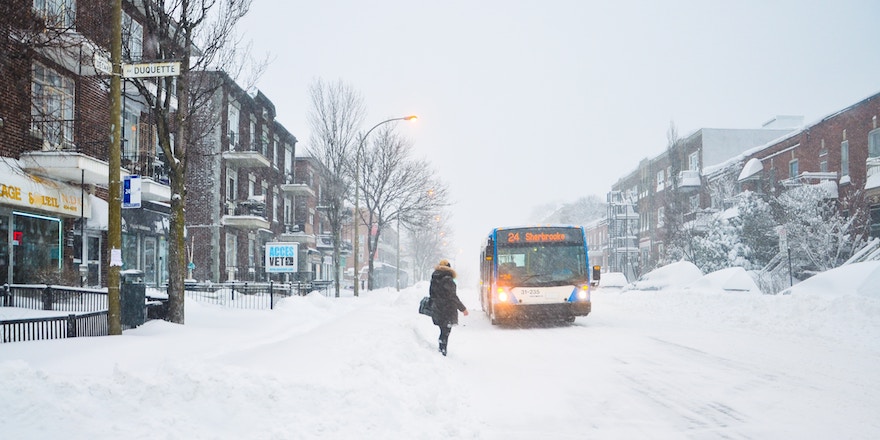Surviving Winter on a Student’s Budget
A local’s guide to enduring a Canadian winter.

So, you’re new to Canada, you’re young, and you’re a student. This could be quite the recipe for a conundrum. Don’t worry, here are some tips to get the ball rolling on your time in Canada and really do this whole student thing in style and on a budget.
What to Wear
It’s been a few months since school began and old man winter has arrived! You have to have your priorities straight: you’ll need a warm winter coat, gloves, scarf, toque, winter footwear, wool socks, and long underwear. It doesn’t matter what HypeBeast says when you’re standing at the train station in the middle of January freezing.
A list like this, bought brand new, won’t be cheap. You’ve already paid for tuition, flights, and rent or dorm fees, so there’s probably little cash left over to spend on delicacies. We’ve got you covered for that, too. Here’s a link for a budgeting guide and some other suggestions for where you can shop for clothes. Look for secondhand pieces of clothing in a few key places. First and foremost, check the thrift store. Lucky for you, it’s a trend right now! If you’re living in dorm, look for your hall’s free bin or other community clothing sales.
Lastly, a little piece of advice when you’re purchasing your Canadian wardrobe: keep versatility in mind. When looking at a new piece of clothing, think about the rest of your wardrobe. Keep it simple, because the more basic and minimal something is the more you can wear it, which gives the piece of clothing more value.
What to Eat
Now that you’re set up with a wardrobe that can withstand a Canadian winter, it’s time to make sure you’re getting the nutrients you’ll need to stay alert in class. Another necessity for students is a meal plan that consists of more than ramen noodles. One of the first things to keep in mind when shopping is that a brand name does not necessarily mean higher quality, but it definitely means higher prices. You can get the same ingredients as your parents and stay in budget by buying cheaper brands and keeping those costs low.
One of the most important things is to make sure you’re still eating healthy and are keeping track of your meals with an app . One of the keys to eating healthy on a budget is finding protein in sources other than meat. While most people wouldn’t turn down a freshly barbequed steak, you might have to find alternative sources of nutrients. Keep in mind that foods like eggs and lentils are other cost-effective sources of nutrients.
Lastly, one of the most important things is portion control. Once you’ve cooked a meal, simply take half of it and put it in the fridge for leftovers. That way, you already have a meal ready for tomorrow, you’re not overeating based on your slower lifestyle, and you will save money as you learn to adjust the amount you’re eating.
While none of these tips guarantee that you’ll be a financial planning genius, they will be helpful first steps to adjusting your lifestyle in your first year away from home. Hopefully, you’ll be free to spend more time focused on your school than on your bank account.